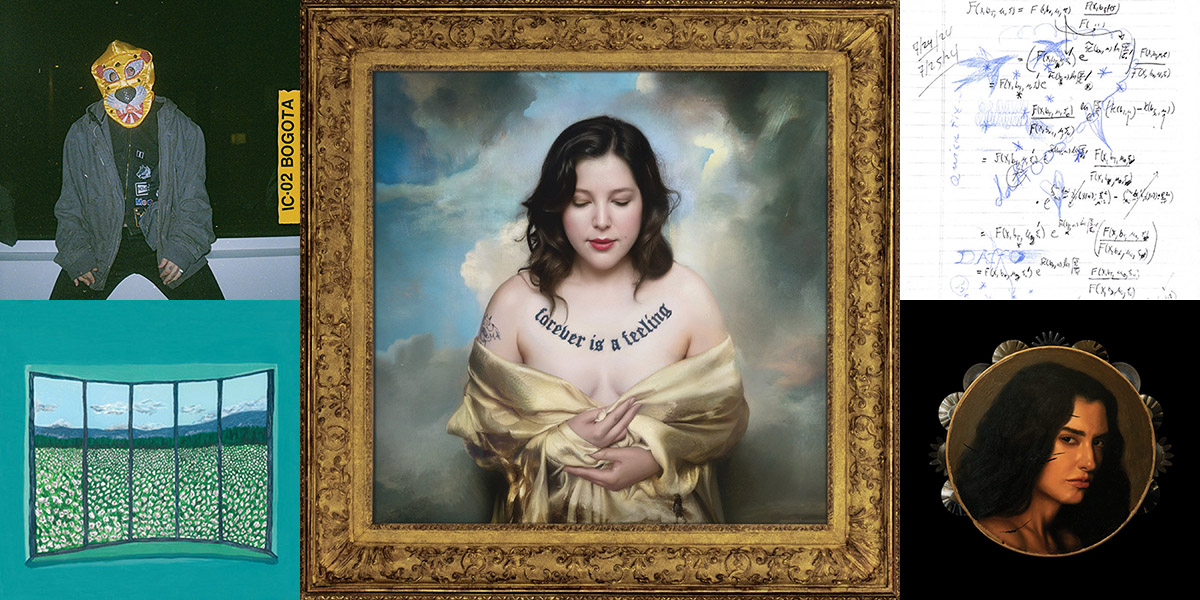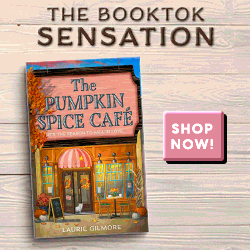
‘Crafting Civilization: Beijing Central Axis’– A Stepping-Off Point to Learning About Chinese Culture
His Excellency Wang Di, Ambassador of the People’s Republic of China to Canada, officially launched China in Canada Film Festival to a full house at the Ottawa Art Gallery, where it will run over the next five nights until December 20th.
In his speech, Ambassador Wang explained that the festival’s purpose is to “share the stories of China” with Canadian audiences. He highlighted the central theme of the opening documentary, Crafting Civilization: Beijing Central Axis, describing the Central Axis as a “masterpiece that embodies the ideal order of the Chinese capital” and a “symbol of Chinese civilization.”
Following the Ambassador’s remarks, Amy Butcher, Vice President of Stakeholder Relations and Engagement at the Tourism Industry Association of Canada, spoke about how tourism fosters deeper connections and cultural understanding. She shared her recent experience visiting Beijing, where she witnessed the Central Axis firsthand and was struck by the harmonious blend of ancient traditions with China’s modern vision.
Both Ambassador Wang and Ms. Butcher encouraged the audience to travel to China to “understand and to appreciate the diversity of the human experience.”
The documentary begins by highlighting the 46th session of the UNESCO World Heritage Committee, where the Beijing Central Axis was officially added to the UNESCO World Heritage List under the title “A Building Ensemble Exhibiting the Ideal Order of the Chinese Capital.” With this addition, China now boasts 59 UNESCO World Heritage sites.
It turns out that Western knowledge of the Beijing Central Axis dates back 600-plus years and is catalogued in the archives at the Vatican Apostolic Library in Rome. A Jesuit named Matteo Ricchi travelled to China in the late 1500s and created a map that clearly depicts the central alignment of the cities in China, including Beijing.
In his world map, Ricci has China located at the centre of the Earth, a concept that aligns with the Chinese concept of themselves as the “Tian Shia”, the land under the sky in the middle of the Earth. In fact, the Chinese call themselves ‘Zhōng Guó Ren’ or middle kingdom people. The Chinese character for Zhōng or middle is a stylized rectangle with a vertical line running through the centre.
The film explores how the concept of “middle” became central to Chinese culture, tracing its origins to the ancient Chinese study of the solar system. The Chinese were pioneers in calculating the length of a year and developed advanced methods for determining angles, thanks to their knowledge of the stars.
Stretching 7.8 kilometres, the Central Axis runs through Beijing, with the Forbidden City—once the imperial palace—situated at its core. Two key structures at the northern tip of this axis, the Bell Tower and the Drum Tower were used to mark time and regulate the daily rhythm of the city. Standing at around 100 meters tall, these towers were the tallest buildings on the axis and continue to offer visitors stunning views of the city today.
The film features some amazing aerial shots of Beijing’s Central Axis, a prominent north-south line, which provides some breathtaking views and context for the layout of the larger Beijing area. Rooted in celestial inspiration, the buildings along this axis incorporate astrological symbols and showcase a harmonious blend of architecture and the heavens.
In 2017, photographer Ye Ziyi (Stephanie) was recognized by the Royal Astronomical Society in London for her stunning images capturing the alignment of these historic structures with the night sky, evoking a sense of cosmic connection and grounding the architecture in timeless beauty. Her work highlights how the Central Axis creates the illusion of each building being at the very centre of the Earth.
This sense of harmony continues to inspire a wide range of creative expressions among Chinese professionals and Beijing residents. From architects and visual artists to video game designers, chefs, and even sports enthusiasts, the legacy of the ancient city centre fuels modern innovation while preserving traditional values.
Far more than a geographic feature, the Central Axis represents a cultural and spiritual state of mind. Deeply tied to themes of astrology and social harmony, it remains a source of immense pride for the Chinese people, seamlessly weaving the past into the vibrant life of Beijing today.
The China in Canada Film Festival includes four more screenings. The next film, No More Bets (2023), is a crime-thriller about a lured abroad by the promise of high-paying jobs, only to be enslaved by a ruthless gang that runs a gaming platform.
Watch the trailer:











